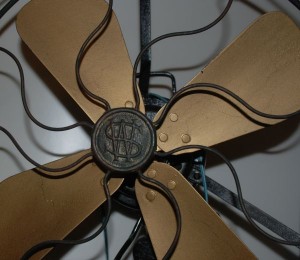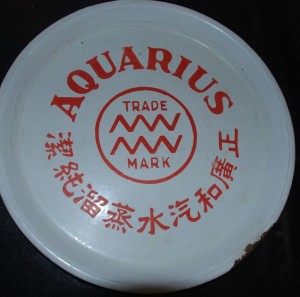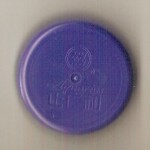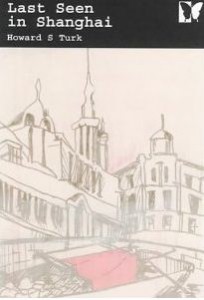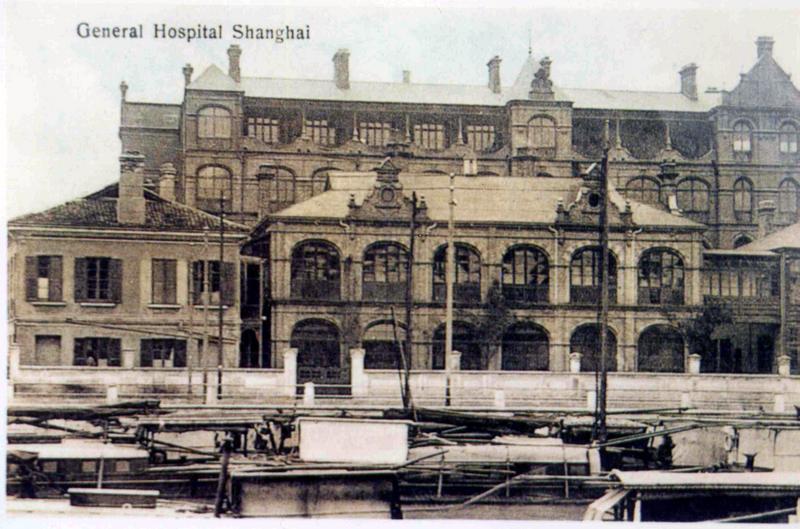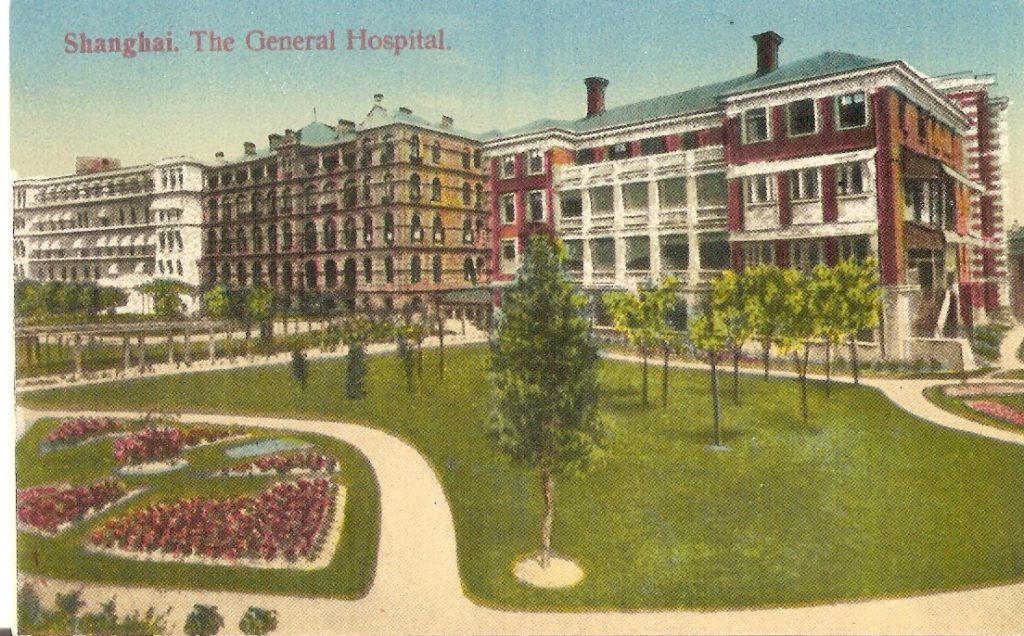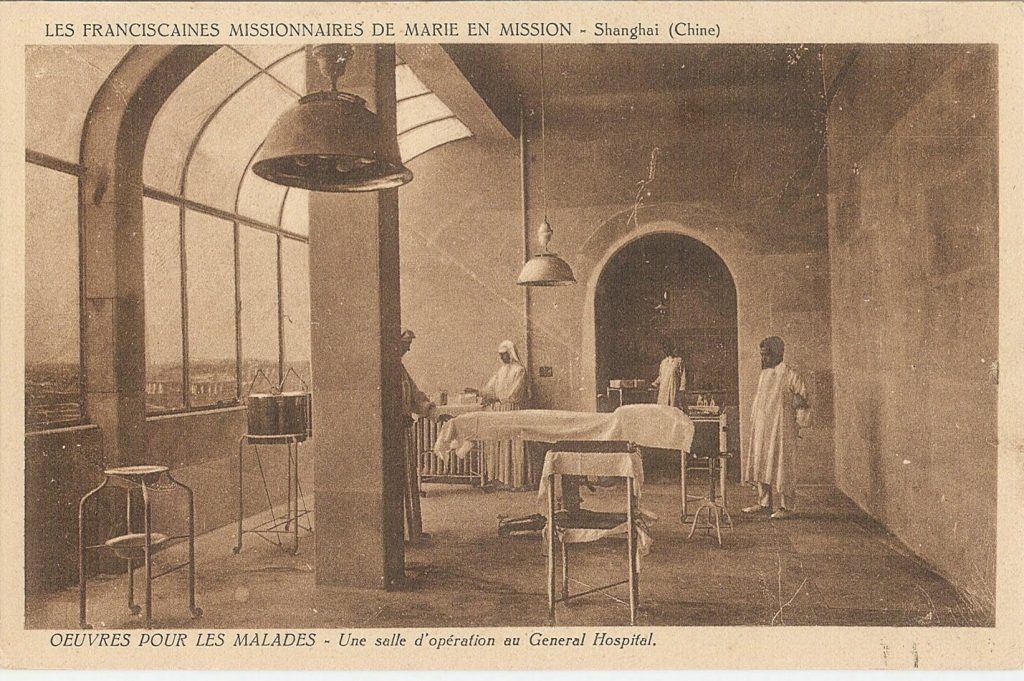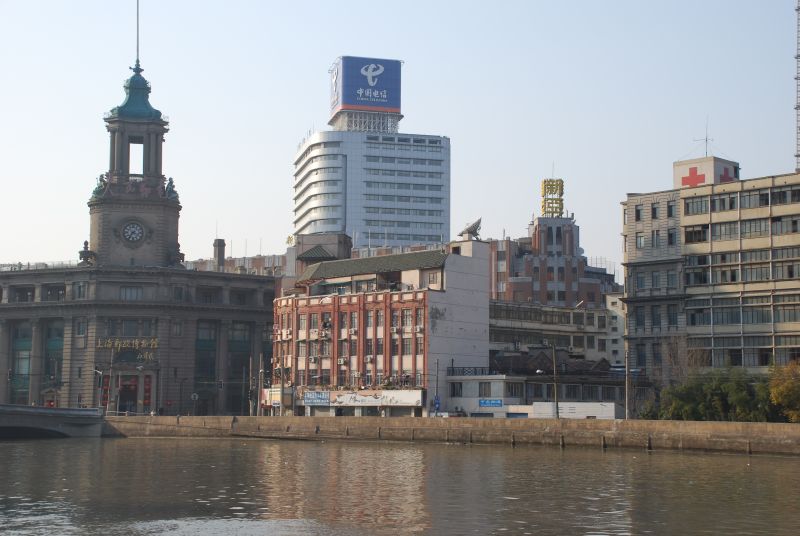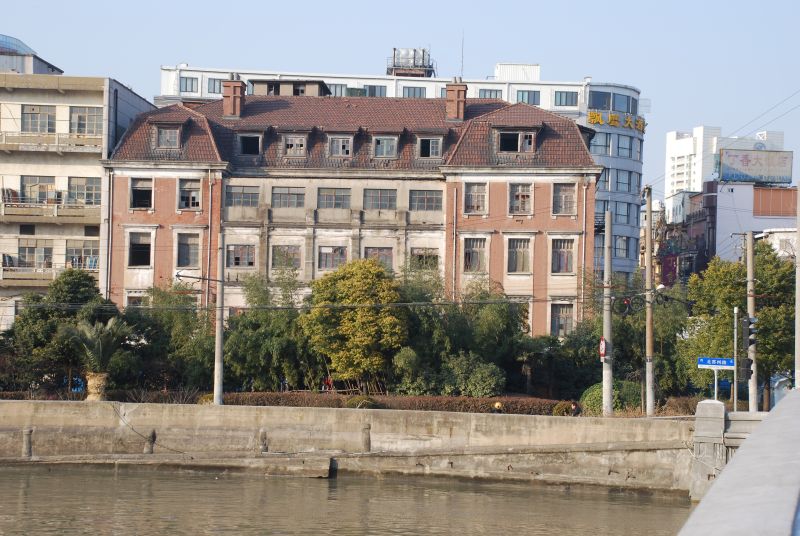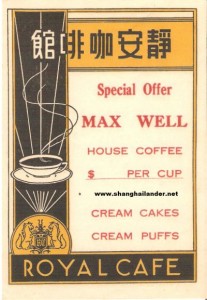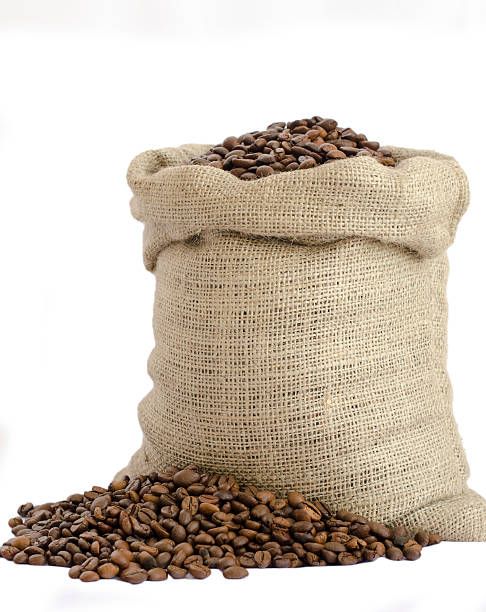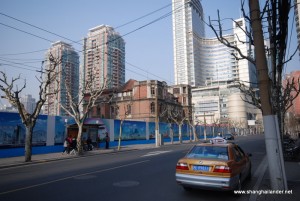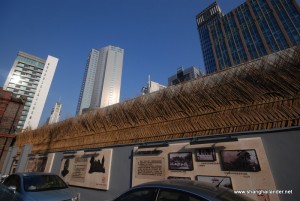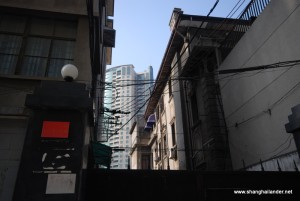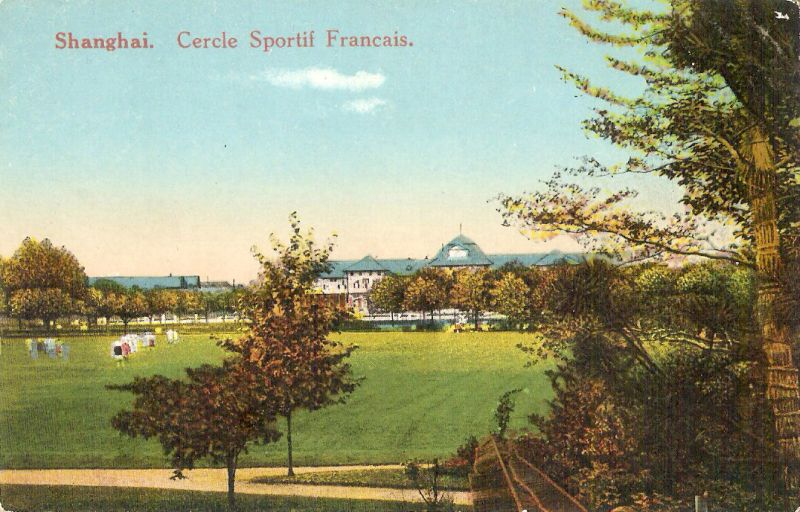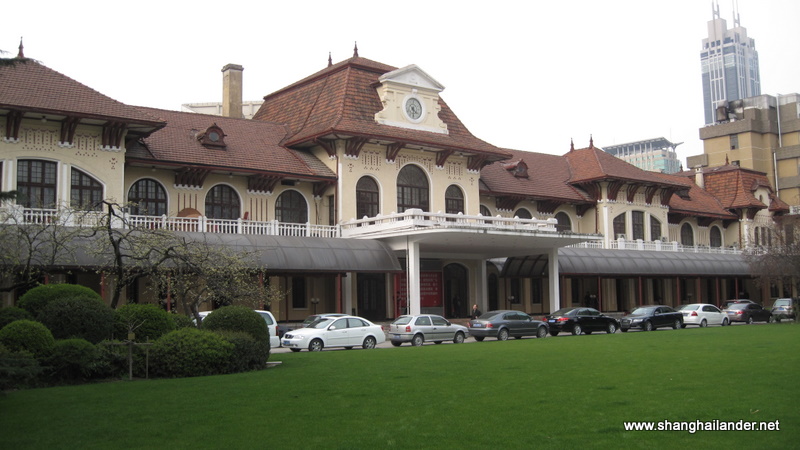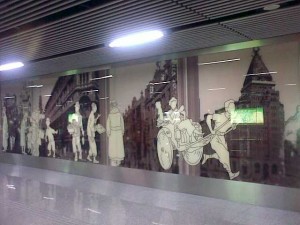
My beloved city of Shanghai has seen many transformations in the last 30 years. Skyscrapers have been erected, taking the space once occupied by small brick houses. The city has moved from being a ghost of a distant past to the latest member of the brave new world of modernity. For a long time, the race was only toward the future forgetting the past whether near (like the Mao era) or far (like colonial Shanghai). Old Shanghai was seen as an exotic pursuit for a few foreigners (and some Chinese), as crazy nostalgic people of a distant era. The whole city and its past were just a shadow that would disappear at a fast pace, living space for the glorious future of better city, better life.
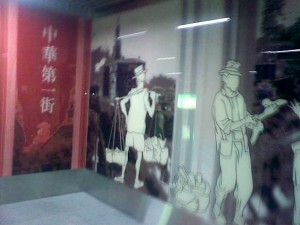
This time has also changed and along with the not always good renovation of the Bund buildings (see posts ‘dancing in the bank‘ and ‘the ruinovation of Plaza 353‘) came a new view of Shanghai history. This first took place in a form creating nice museums (see post about Shanghai history museum) and renovating of the old buildings, then integrating old Shanghai in advertising (such as the one for Bank of Communications) and creating new movies about the period creating a more vivid image of the period (see post about movie “Tian Tang Kou”). All those forms where somehow reserved for an artistic elite but the new image of Shanghai is now even in metro stations.
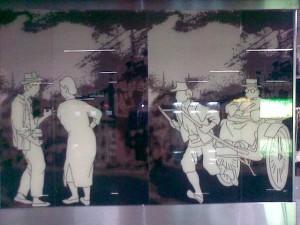
The brand new line 10 “Nanjing Dong Lu” metro station is the first decorated metro station of Shanghai. It is telling that this decoration is not about the brand new Lu Jia Zhui or about the expo…. but about old Shanghai. In the minds of people all over China, Nanjing Dong Lu (the old Nanking Road) was and still is the place to be in Shanghai. No true visit to the metropolis of the future could be complete in the past nor today without walking down Nanjing Road to the Bund. It is amazing to see the image of old Shanghai used as a public place decoration recalling an era that was best forgotten only a few years ago. Old Shanghai is becoming glamorous in the eyes of the Shanghainese themselves, this may be the best thing that could happen for the preservation of the last few bits remaining.
——————————————————————————————————————–
Explore Shanghai in a sidecar: www.shanghaisideways.com
